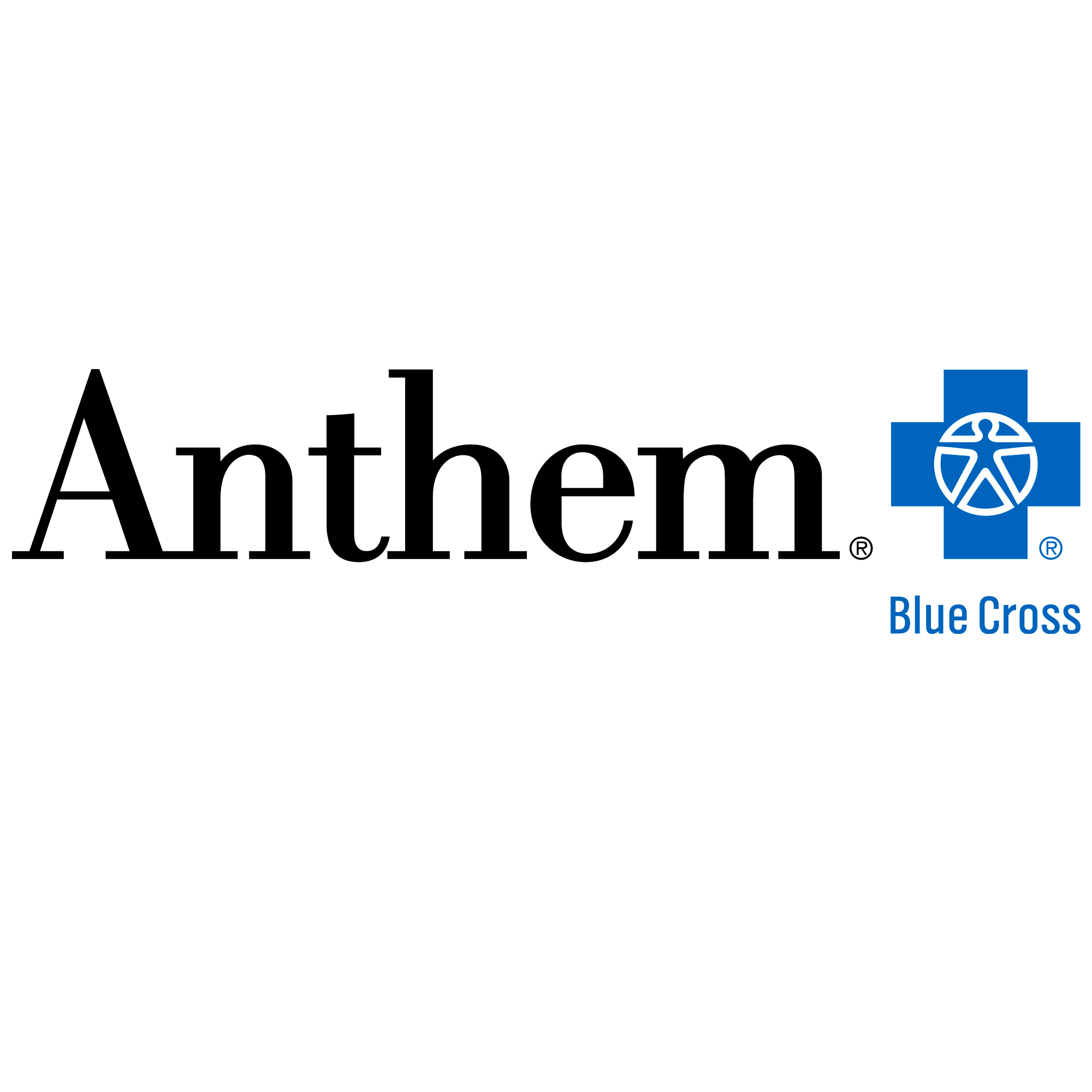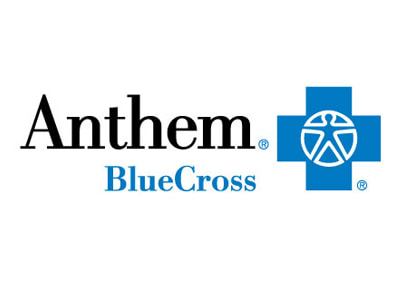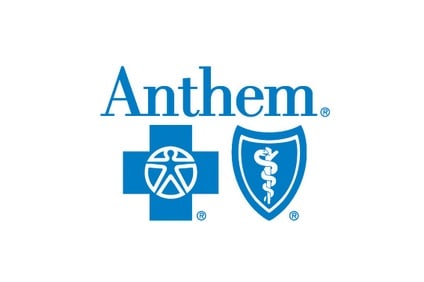

Mental health, behavioral health or substance abuse services.$3,000 individual/$6,000 family out-of-pocket maximum.No out-of-pocket cost to you for outpatient surgery.No out-of-pocket cost to you for inpatient services.$25 copay for mental health, behavioral health or substance abuse services.$100 copay for emergency care (waived if admitted).$25 copay for office visit for injury or illness.No out-of-pocket cost to you for preventive care.Search here to locate a participating PPO provider or find out if your doctor accepts this plan. The plan is administered by Blue Cross Blue Shield of Michigan (BCBSM). without a referral, with lower out-of-pocket costs when you use in-network providers. Some Blue Cross and Blue Shield companies also offer a toll-free 24-hour nurse line, which you can find on the back of your member card, or by visiting your BCBS company website.The Community Blue PPO plan offers members the flexibility to see any provider throughout the U.S. If you feel your condition doesn’t require the emergency room, call your personal physician or go to a walk-in clinic or urgent care center. Emergency room copayments or coinsurance will cost you far more, likely between $100-$300. Office visit copayments or coinsurance typically cost around $10-$30. What's more, you'll pay far more out-of-pocket for emergency room care. They face long waits for care they could receive more quickly in a physician’s office. However, every year millions of Americans use the emergency room for routine medical care. It may seem obvious, but emergency rooms are not the place for routine care.

In some cases, such as a stroke or heart attack, delays in treatment often lead to more serious consequences. If you feel it’s an emergency, act quickly – don’t hesitate. Or call the 1-800 number on the back of your member card. You can also find in-network doctors and hospitals with our provider directory. Need help finding a physician? Read our Five Tips for Choosing a New Primary Care Physician. It’s one of the main benefits of having a physician who knows you.” Your physician’s office or on-call service is trained to guide you through these events. Don’t hesitate when it comes to calling your personal physician in urgent care situations. “You should be able to talk to your personal physician about anything. According to Gutshall, if you don’t have a personal physician, make it a priority to find one. Tim Gutshall, family physician and chief medical officer at Wellmark Blue Cross and Blue Shield. Having a relationship with a personal physician is the most important thing you can do for your health,” says Dr.
#ANTHEM BLUE CROSS URGENT CARE COPAY HOW TO#
You can also find additional suggestions on how to choose where to go to seek treatment for common health problems on. Below, The Blues® offer some guidance on how to determine the right destination for your treatment needs.

There are three places available for you to seek care: your physician’s office, an urgent-care or walk-in clinic, or the emergency room. (You can find out more about your coverage by calling the number on the back of your member card or by visiting your BCBS company website.)

We know you don’t expect to get sick, or anticipate an accidental injury or life-threatening health event, but when an ailment strikes knowing where to go can help relieve some of the worry and stress. The answer is putting your insurance to use. When If you’re one of the millions of Americans with a new Blue Cross Blue Shield health insurance plan, congratulations! You’ve successfully enrolled with the oldest and largest health insurance network in America and can enjoy the security of unparalleled access to quality, affordable healthcare.


 0 kommentar(er)
0 kommentar(er)
